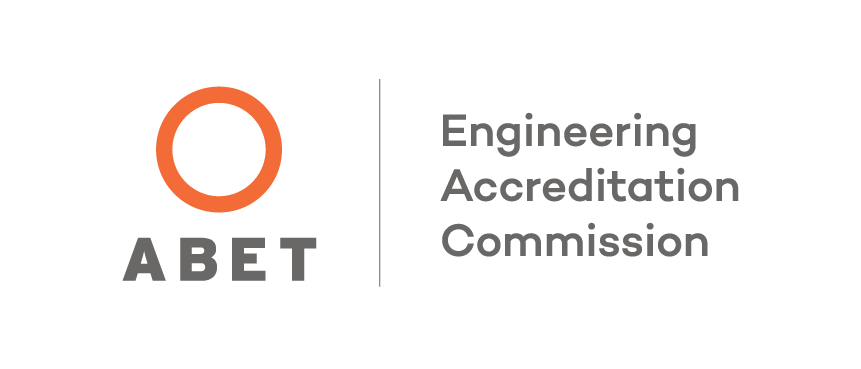Biomedical engineering accreditation
The Bachelor of Science in Biomedical Engineering program at Wayne State University is accredited by the Engineering Accreditation Commission of ABET, https://www.abet.org, under the commission’s General Criteria and Program Criteria for Bioengineering and Biomedical and Similarly Named Engineering Programs.
Enrollment and graduation statistics
| Year (fall semester) | Enrollment | Degrees awarded |
|---|---|---|
| 2024 | 131 | 29 |
| 2023 | 133 | 32 |
| 2022 | 143 | 18 |
| 2021 | 143 | 27 |
| 2020 | 145 | 21 |
| 2019 | 129 | 25 |
| 2018 | 124 | 23 |
Enrollment data reflects the total number of students in BSBME pre-professional and professional engineering program divided over four cohorts plus super-seniors.
Program educational objectives
The objectives of the BS BME program are to develop graduates who can:
- Work in multidisciplinary teams to translate biomedical science to applications that will improve people’s quality of life
- Utilize and advance engineering, mathematical, and biomedical tools to solve biomedical engineering problems and design biomedical engineering systems
- Continue a practice of lifelong learning in engineering and/or biomedical fields based on a strong underlying foundation in both areas of study
A four-year curriculum has been developed that meets established program outcomes. BME undergraduate courses are offered only once per year, which requires that the majority of the curriculum is completed as a cohort. There are some areas of flexibility to allow for courses to be taken during the spring/summer semester and for pre-med students to satisfy their remaining requirements. Four versions of the class schedule are provided below. Slight modifications to any of these schedules can be made upon consultation with the BME academic advisor. All prerequisite requirements must also be met -- so all courses must be successfully completed before any subsequent course for which they are a prerequisite.
Student outcomes
Based on discussions with stake holders and national expectations of the Engineering Accreditation Commission of ABET, our undergraduate program is designed to produce graduates who demonstrate the following:
- an ability to identify, formulate, and solve complex engineering problems by applying principles of engineering, science, and mathematics.
- an ability to apply engineering design to produce solutions that meet specified needs with consideration of public health, safety, and welfare, as well as global, cultural, social, environmental, and economic factors.
- an ability to communicate effectively with a range of audiences.
- an ability to recognize ethical and professional responsibilities in engineering situations and make informed judgments, which must consider the impact of engineering solutions in global, economic, environmental, and societal contexts.
- an ability to function effectively on a team whose members together provide leadership, create a collaborative environment, establish goals, plan tasks, and meet objectives.
- an ability to develop and conduct appropriate experimentation, analyze and interpret data, and use engineering judgment to draw conclusions.
- an ability to acquire and apply new knowledge as needed, using appropriate learning strategies.
BME differentiates itself from other engineering programs by giving students the ability to:
- apply principles of engineering, biology, human physiology, chemistry, calculus-based physics, mathematics (through differential equations), and statistics
- solve biomedical engineering problems, including those associated with the interaction between living and non-living systems
- analyze, model, design, and realize biomedical engineering devices, systems, components, or processes
- make measurements on and interpret data from living systems
The BME curriculum builds throughout the four years, introducing students to the knowledge, skills, and experience necessary to meet these outcomes and revisiting the information in later courses.
